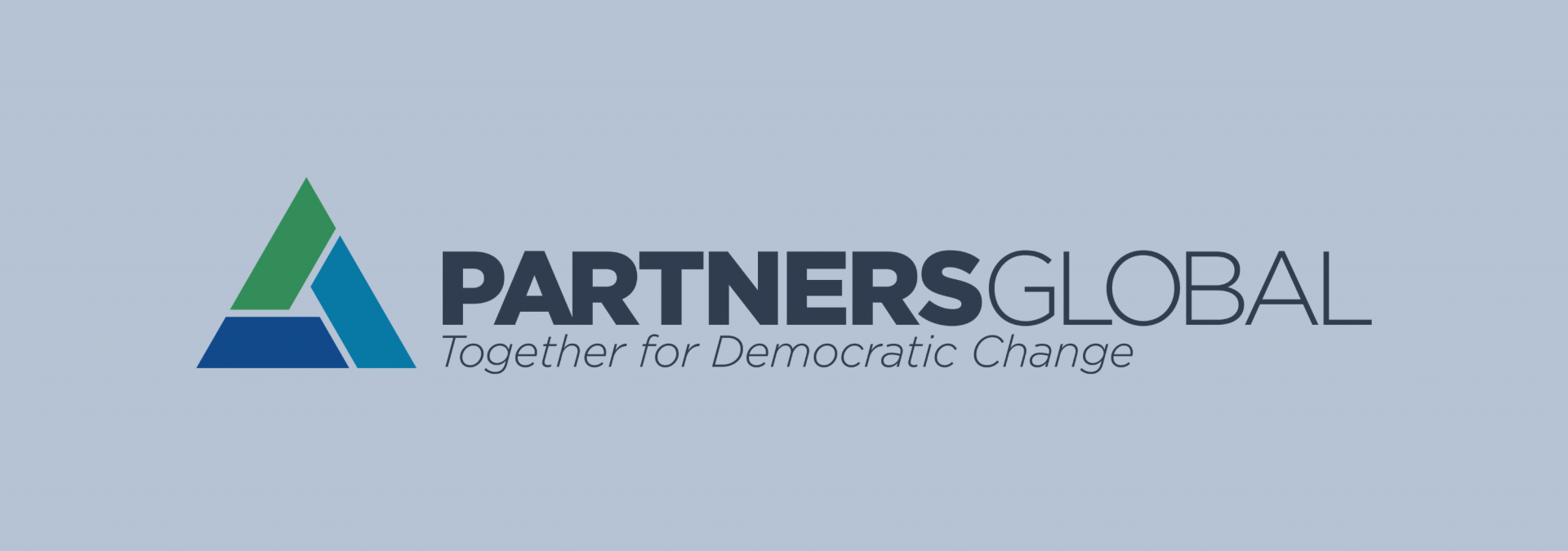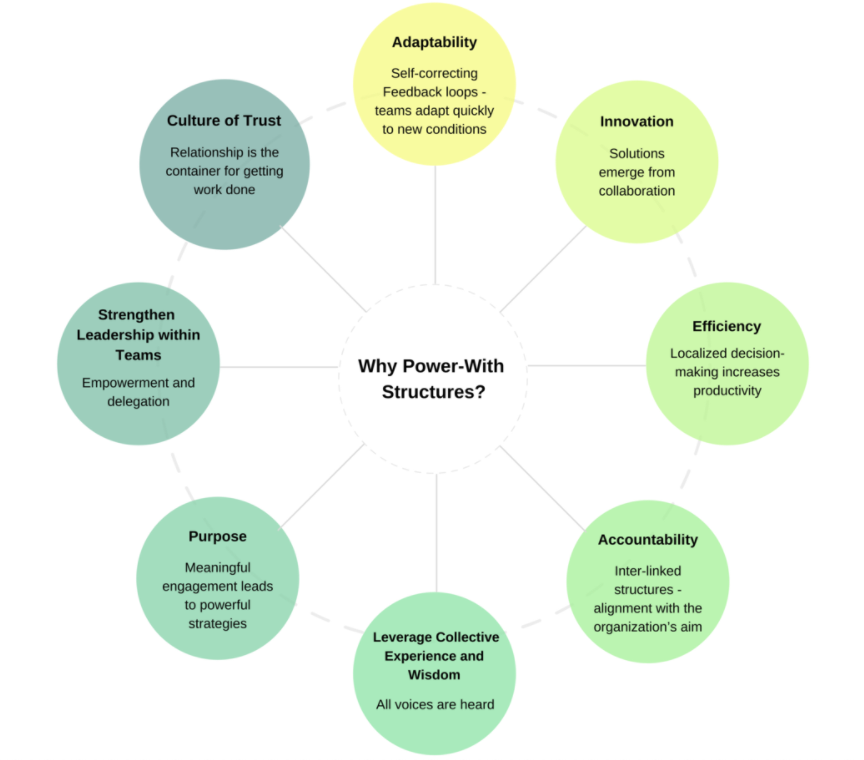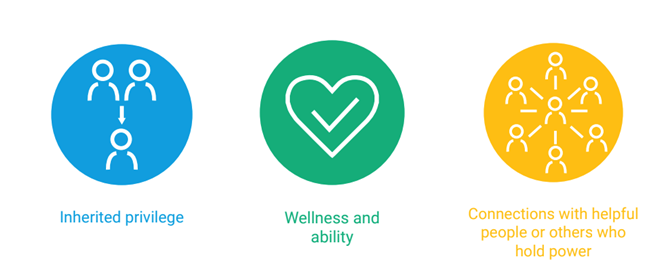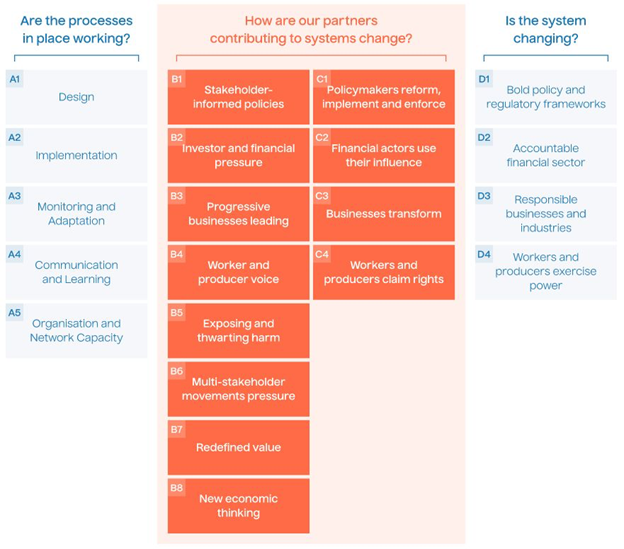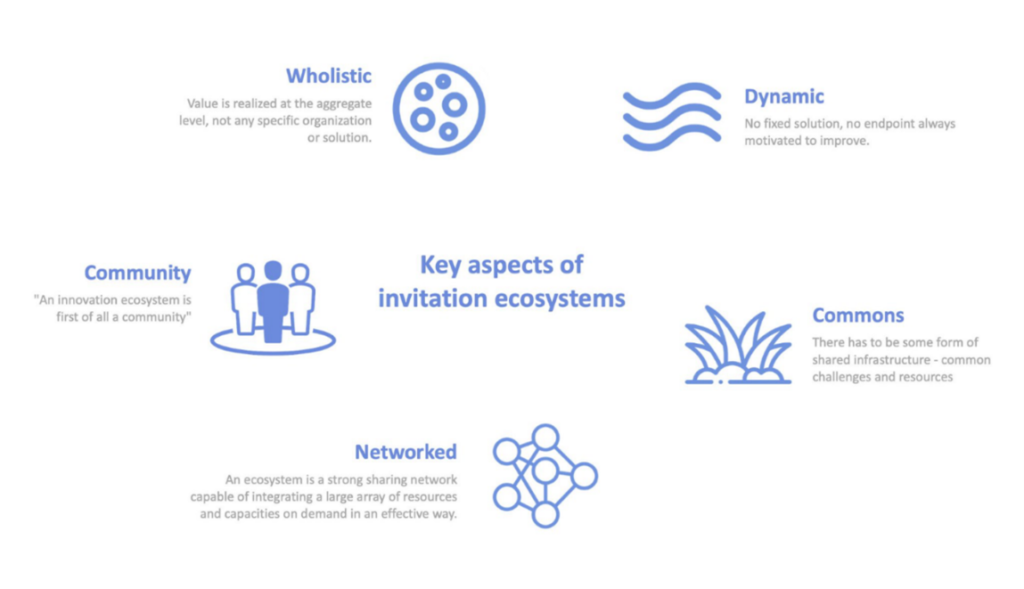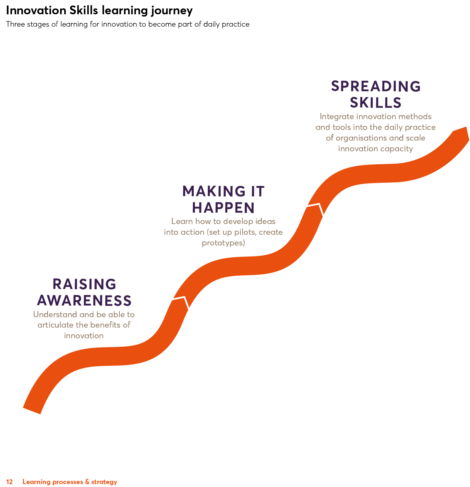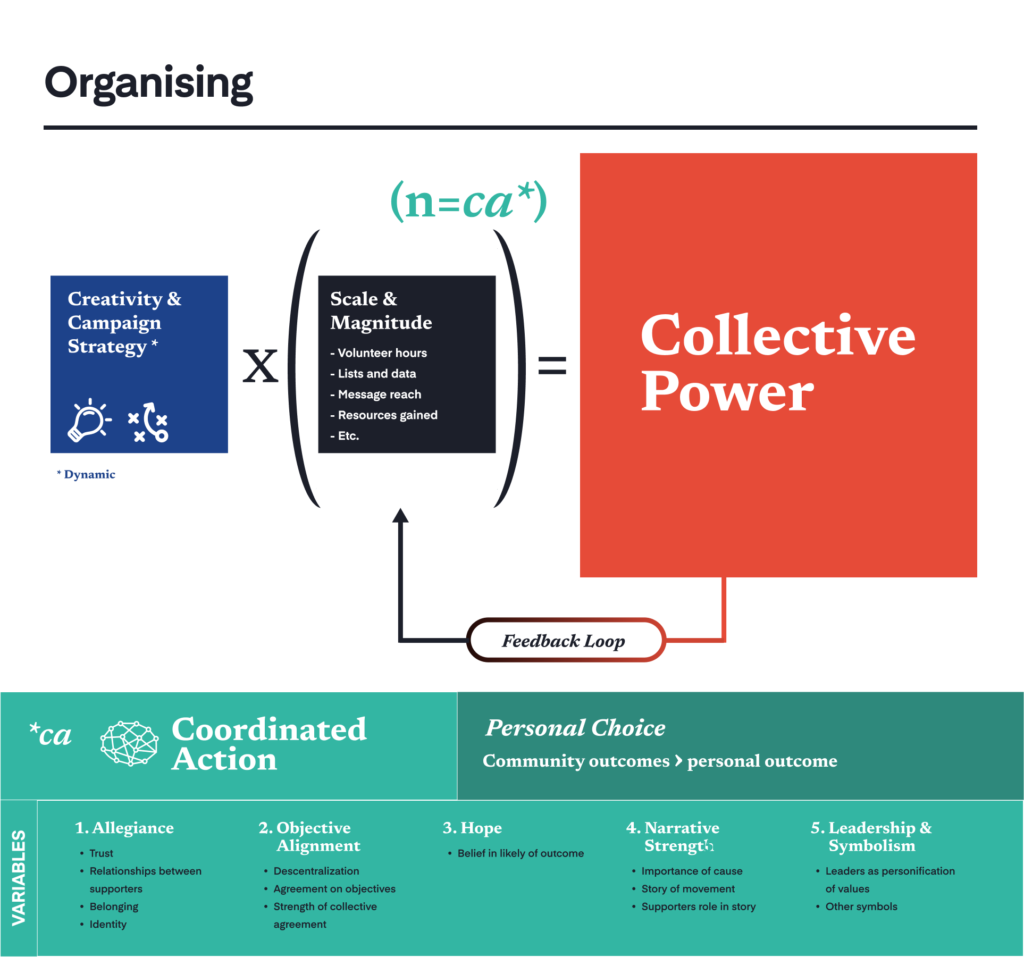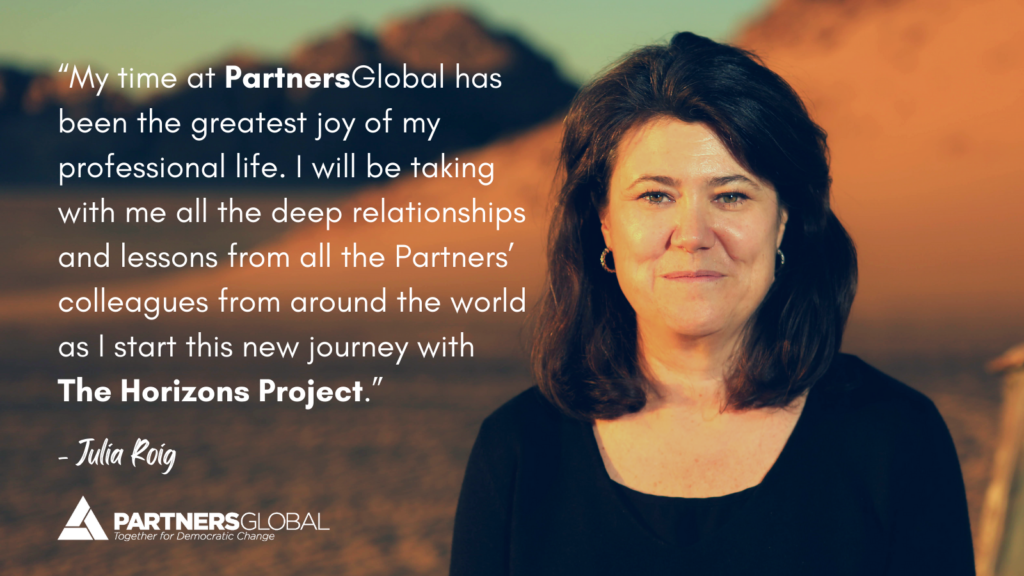
After 13 years at the helm of PartnersGlobal (previously Partners for Democratic Change), President and CEO Julia Roig will be stepping down at the end of the year. During her tenure, the organization enjoyed a period of impressive growth, increasing ten-fold in size and global presence while staying on the cutting edge of sustainable impact investing to support local leaders and civil society advance democracy and peacebuilding around the world.
The Partners’ board and staff wish Julia well as she embarks on a journey to develop The Horizons Project to focus on the intersection of social justice, peacebuilding, and democracy in the United States. After its successful launch under the PartnersGlobal Institute in 2021, Julia will continue to expand the reach of Horizons to a broader array of domestic constituencies. PartnersGlobal will remain focused on its core mission to support civil society to bring about peaceful and democratic change.
“Under Julia Roig’s leadership, PartnersGlobal has grown to impressive new heights. The board is proud of the way this nimble organization has adapted and thrived over the years, with Julia’s stewardship embodying our Resiliency Ethos. On behalf of the Board, I want to say how fortunate PartnersGlobal is to have had such innovative and inspirational leadership from Julia, and how pleased we are with the very strong executive team Julia has nurtured to carry us forward. We have every confidence that under the co-leadership of Kyra Buchko and Roselie Vasquez-Yetter in the months ahead, this entrepreneurial and agile spirit will continue to grow and spread throughout our programs and network.”
– Jonathan Davidson, Board Chair
Julia took the mantle in 2008 from Partners’ beloved founder Raymond Shonholtz and established new Partners Centers for Change and Conflict Management throughout the Middle East, West Africa, the Balkans, and Latin America, with support from long-standing partners at the General Electric Foundation. Committed to the values of distributive leadership for a global civil society, Julia worked closely with the expanded group of Partners Centers to shepherd a new era for the Partners Network. In collaboration with an international team and the Peace Nexus Foundation, Julia helped our Network of 20 Centers adapt its relational and operational practices for the 21st century.
PartnersGlobal’s entrepreneurial spirit is integral to its organizational DNA and is an ethos that Julia consistently embodied in her leadership model. By building multi-sectoral collaborations with our many partners in the US and globally, the organization is a thought leader in designing and delivering new frameworks for Security Sector Reform, Anti-Corruption, Women’s Leadership, Cooperative Advocacy, Positive Peace in Action, Sustainable Mediation, Business for Peace, and Narrative Engagement. Our most recent flagship program in Civil Society Resiliency to combat closing civic space takes our investment approach in local leadership to the next level, as we work with existing organizations to adapt and respond to their rapidly changing environments.
“When I joined Partners, I was compelled by Julia’s commitment to establishing authentic partnerships. This approach is embedded in our organizational culture at every level of program implementation and partner engagement thanks to Julia’s model of inclusive partnership. Kyra and I are inspired to continue this way of leading and learning as an organization and a network of peers.”
– Roselie Vasquez-Yetter, Co-Executive Director
Julia’s departure marks an important new phase in the organization’s history and builds on Partners’ commitment to our own organizational resiliency. The transition is coming at a time when PartnersGlobal has a deep bench of capable leaders and a strong global portfolio of programming. With the full support of the board, the current Co-Executive Directors, Roselie Vasquez-Yetter and Kyra Buchko will remain in their roles and continue their exemplary leadership of the organization.
Partners’ mission and experience are uniquely suited for this moment — when the peacebuilding and development space is grappling with shifting power dynamics and a movement to decolonize aid; when resiliency support is essential for civil society to survive and thrive amidst a global pandemic, rising authoritarianism, and toxic polarization; and when peacebuilding and conflict transformation competencies are desperately needed across the globe.
“Julia’s dedicated service as President has shaped our organizational identity and leaves a lasting impact on Partners’ approach to peacebuilding and support of democratic actors across the globe. I am honored to be working with Roselie to build upon the partnerships and achievements of Julia’s tenure and lead the organization in the months ahead into our next exciting phase of growth.” – Kyra Buchko, Co-Executive Director
